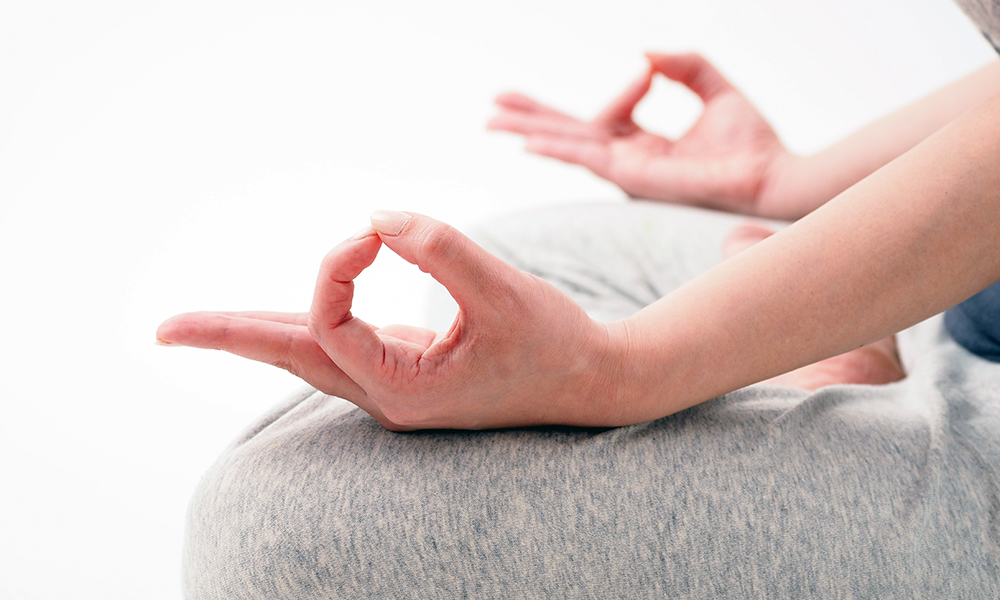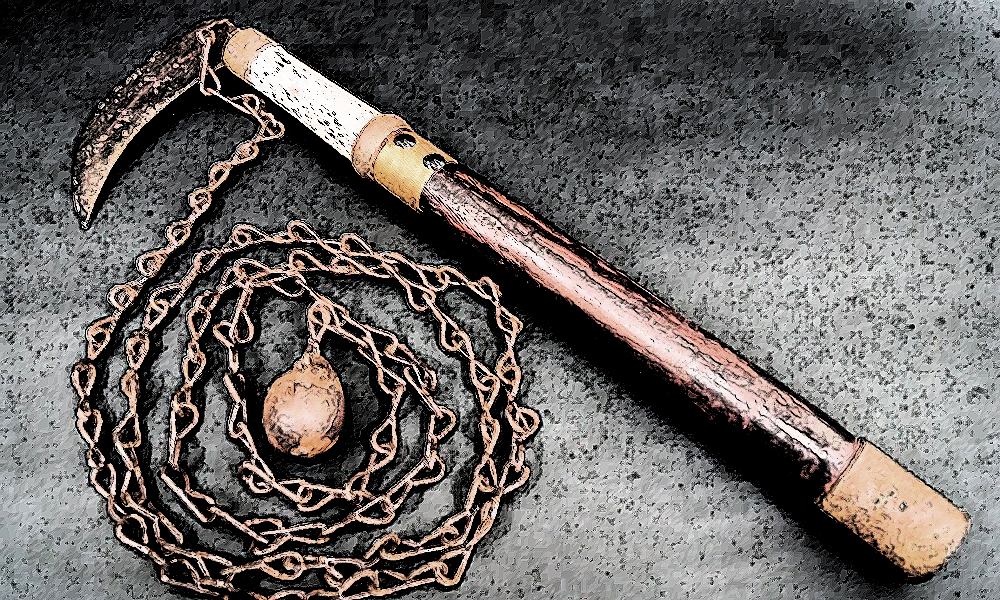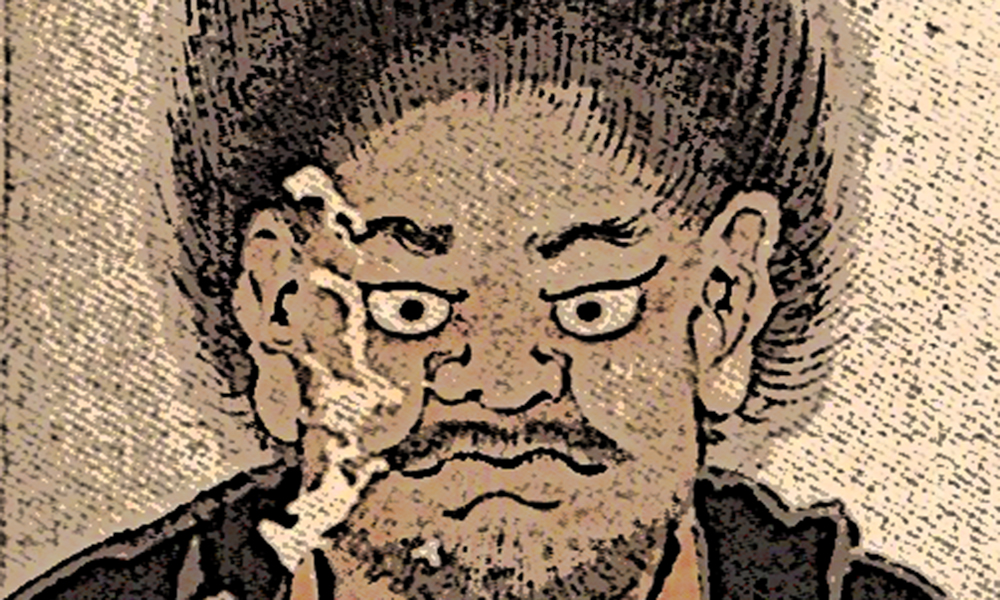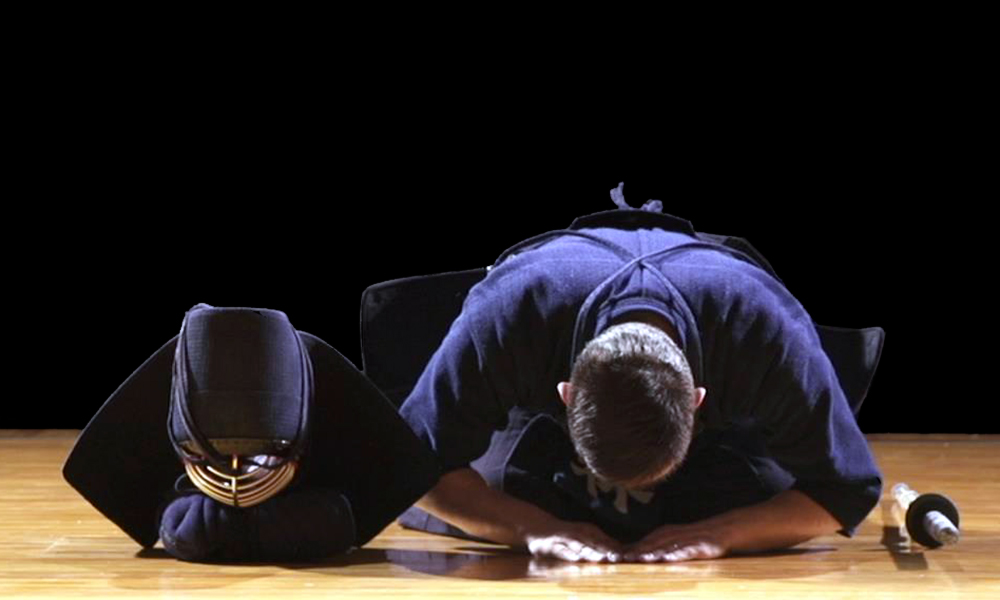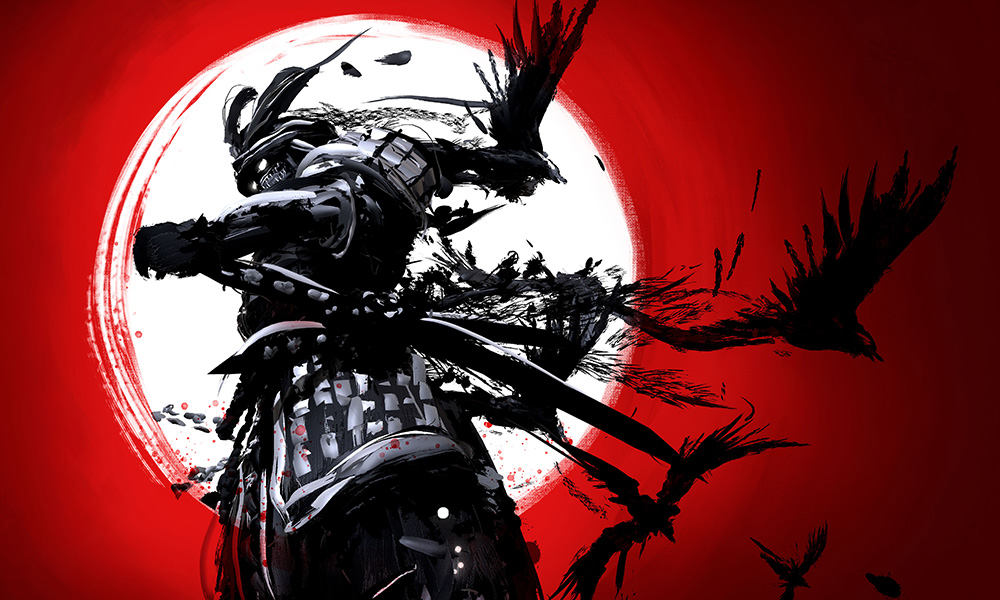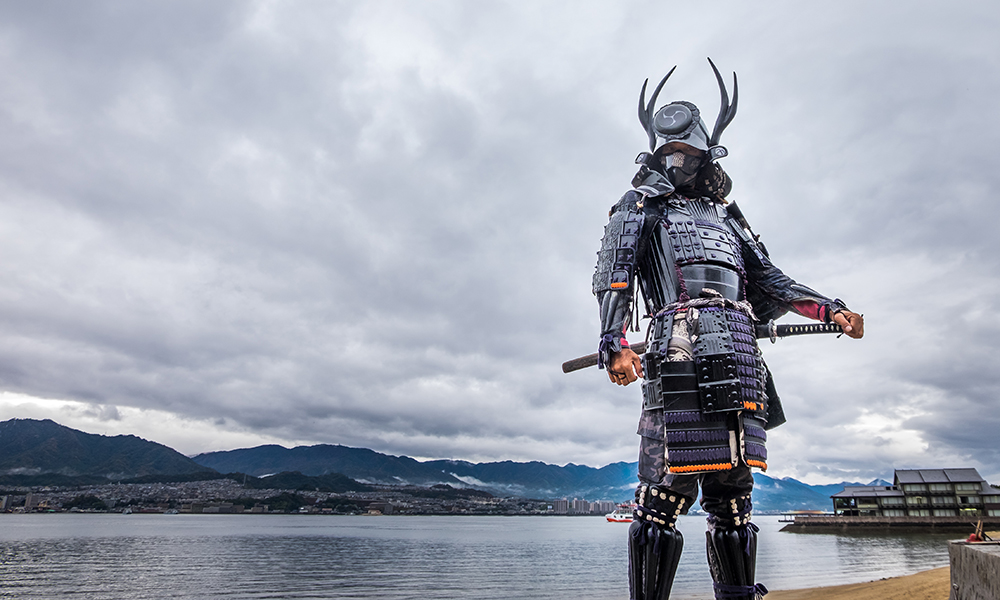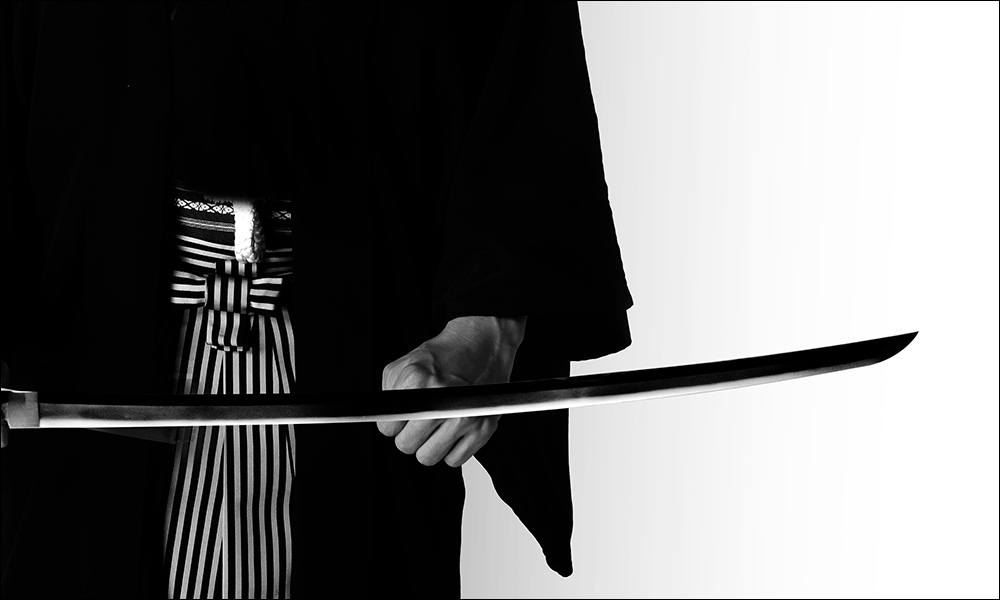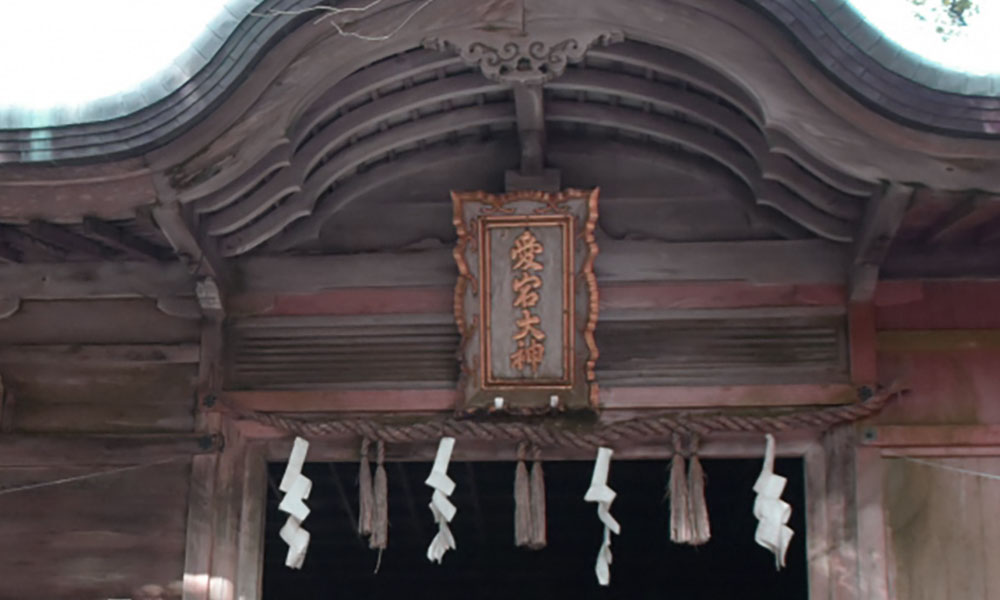Control your breath, control the match
In sports, many believe that breathing is important, and that is the same in Japanese Budo. Moving in the rhythm of your breathing gives your greater strength and speed, and brings out the best of your abilities. Moving with your breathing is necessary for a high level of performance. There Read More


